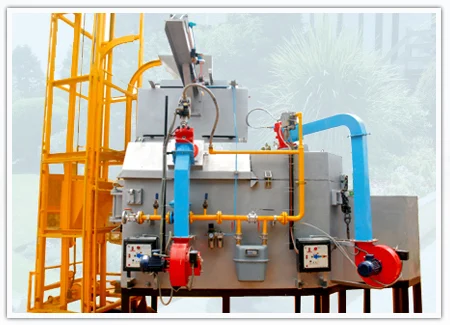MELTING CUM HOLDING FURNACES

Melting and Holding Furnaces are critical pieces of equipment used in the metalworking and foundry industries for melting and holding metal at a specific temperature for casting or processing. These furnaces are designed to provide consistent, controlled heat to melt various metals, including aluminum, steel, copper, and others, while maintaining the molten metal at an optimal temperature for further operations.
Types of Melting and Holding Furnaces
-
Induction Furnaces
- Melting: Induction furnaces use electromagnetic induction to generate heat, melting the metal quickly and efficiently.
- Holding: They can maintain a stable molten state for continuous casting or further processing, ensuring uniform temperature.
-
Electric Arc Furnaces
- Melting: These furnaces use electric arcs to generate high temperatures for melting ferrous metals and alloys.
- Holding: They can be equipped with a system to maintain molten metal at the desired temperature for prolonged periods.
-
Gas-Fired Furnaces
- Melting: Gas-fired furnaces are widely used for melting non-ferrous metals like aluminum and zinc. They are cost-effective and relatively simple to operate.
- Holding: The furnace maintains the metal’s molten state using controlled burners and temperature regulation systems.
-
Crucible Furnaces
- Melting: Crucible furnaces are smaller and often used for melting smaller batches of metal. They use either gas, electricity, or oil for heat.
- Holding: These furnaces are ideal for maintaining molten metal before pouring it into molds, especially for small-scale operations.
-
Cupola Furnaces
- Melting: Primarily used in foundries, cupola furnaces melt scrap iron and alloys for use in casting.
- Holding: These furnaces are equipped with a holding section to maintain the temperature of molten metal during production.
